All about asbestos
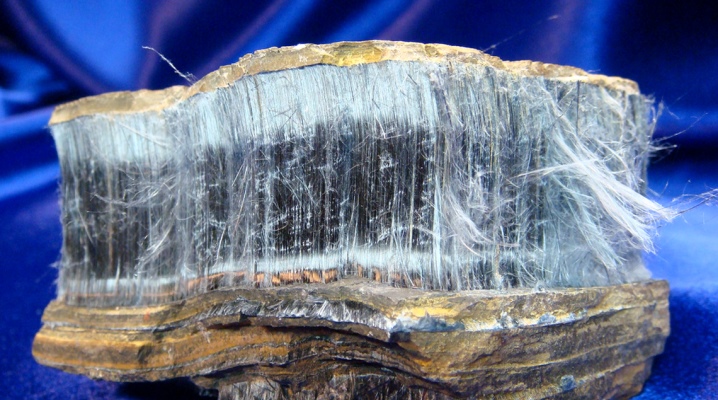
Once asbestos was very popular in the construction of utility structures, garages and baths. However, today it has become known that this building material can cause significant harm to health. You should know if this is so, as well as about the features of the use of asbestos.
What it is?
Many believe that asbestos was discovered very recently. However, archaeological excavations have confirmed that this building material was known to people several millennia ago. Our ancient ancestors noticed the exceptional resistance of asbestos to fire and high temperatures, therefore it was actively used in temples. Torches were made from it and equipped with protection for the altar, and the ancient Romans even erected crematoria from the mineral.
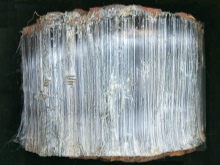
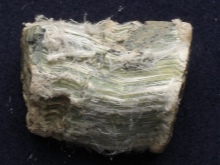
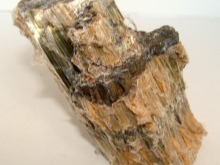
Translated from the Greek language "asbestos" means "non-flammable". Its second name is "mountain flax". This term is a general collective name for a whole group of minerals from the class of silicates with a fine-fiber structure. Nowadays, in hardware stores you can find asbestos in the form of individual plates, as well as in the composition of cement mixtures.
Properties
The widespread distribution of asbestos is explained by a number of its physical and operational properties.
- The material does not dissolve in the aquatic environment - this minimizes spoilage and decay when used in damp conditions.
- Possesses chemical inertness - shows neutrality to any substances. It can be used in acidic, alkaline and other corrosive environments.
- Asbestos products retain their properties and appearance when exposed to oxygen and ozone.
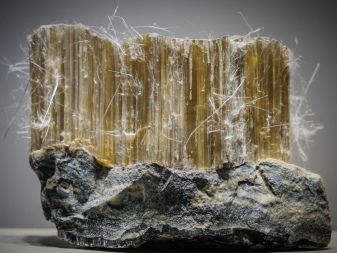
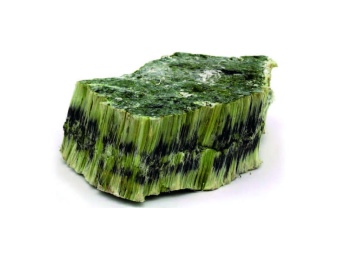
Asbestos fibers can have different structures and lengths, this largely depends on the place where the silicate is mined. For example, at the Ural deposit in Russia, asbestos fiber up to 200 mm long is produced, for our country this is considered a rather large parameter. However, in America, at the Richmond field, this parameter is much higher - up to 1000 mm.

Asbestos is characterized by high adsorption, that is, the ability to absorb and retain liquid or gaseous media. This property of asbestos fibers is the higher, the larger the specific surface of the substance. Due to the fact that the diameter of asbestos fibers is small in itself, its specific surface area can reach 15–20 m 2 / kg. This is what determines the exceptional adsorption characteristics of the material, which are widely demanded in the manufacture of asbestos-cement products.
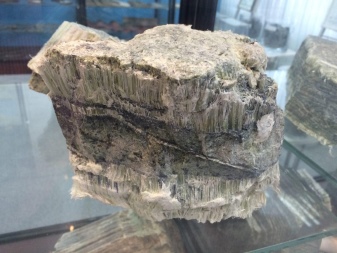
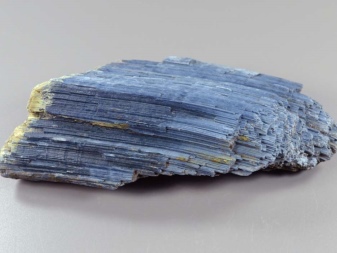
The high demand for asbestos is due to its heat resistance. It belongs to materials with increased resistance to heat and retains its physicochemical properties when the temperature rises to 400 °. Structural changes begin when exposed to 600 or more degrees, in such conditions asbestos is transformed into anhydrous magnesium silicate, the strength of the material decreases sharply and is not subsequently restored.
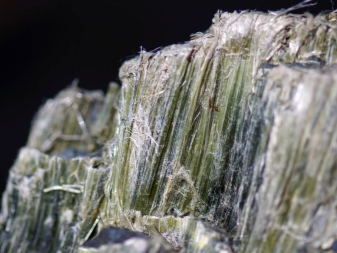
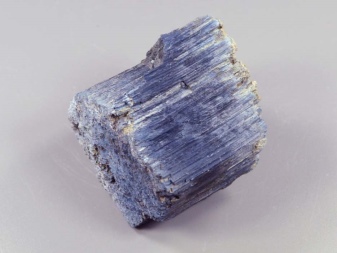
Despite such a number of positive characteristics, the popularity of asbestos is rapidly declining these days. Studies have emerged proving that the material emits toxic substances that are dangerous to humans.
Prolonged contact with him can have the most detrimental effect on the state of the body. People who are forced by their profession to work with this fibrous material are widespread chronic pathologies of the respiratory tract, pulmonary fibrosis and even cancer. Problems arise with prolonged exposure to asbestos. Once in the lungs, asbestos dust particles are not removed from there, but settle for life. As they accumulate, silicates gradually completely destroy the organ and cause irreparable harm to health.
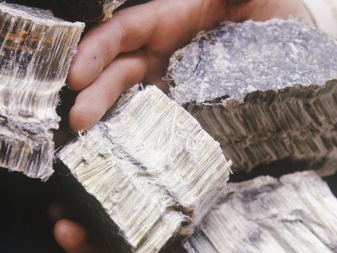
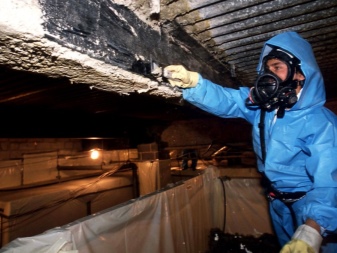
It is important to understand that this material does not produce toxic fumes. The danger is precisely its dust.
If it regularly enters the lungs, then the risk of disease will increase manifold. However, this does not mean that it is necessary to abandon its use - in most of the asbestos-containing building materials, it is presented in minimal concentrations. For example, in flat slate, the proportion of asbestos does not exceed 7%, the remaining 93% are cement and water.
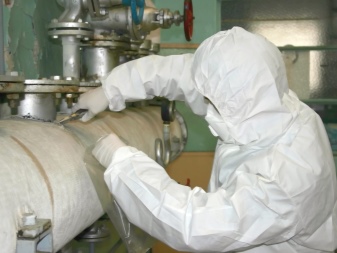
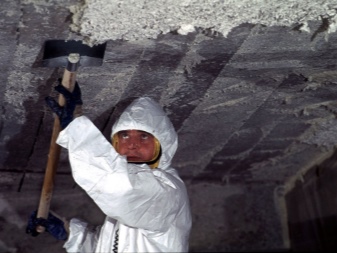
In addition, when bonded with cement, the emission of flying dust is completely excluded. Therefore, the use of asbestos boards as a roofing material does not pose any risks to humans. All studies on the effects of asbestos on the body are based solely on the contact of organs and tissues with dust, the harm from finished fibrous materials has not yet been confirmed. That is why it is possible to use such material, but observing precautions and, if possible, limiting the scope of its use to outdoor use (for example, on the roof).
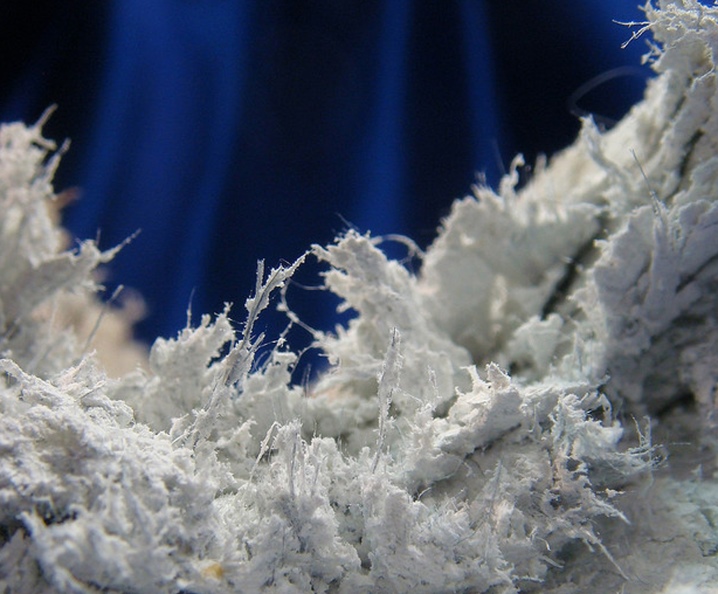
Views
Mineral-containing materials differ in their composition, flexibility parameters, strength and features of use. Asbestos contains silicates of lime, magnesium, and sometimes iron. To date, 2 varieties of this material are most widespread: chrysotile and amphibole, they differ from each other in the structure of the crystal lattice.
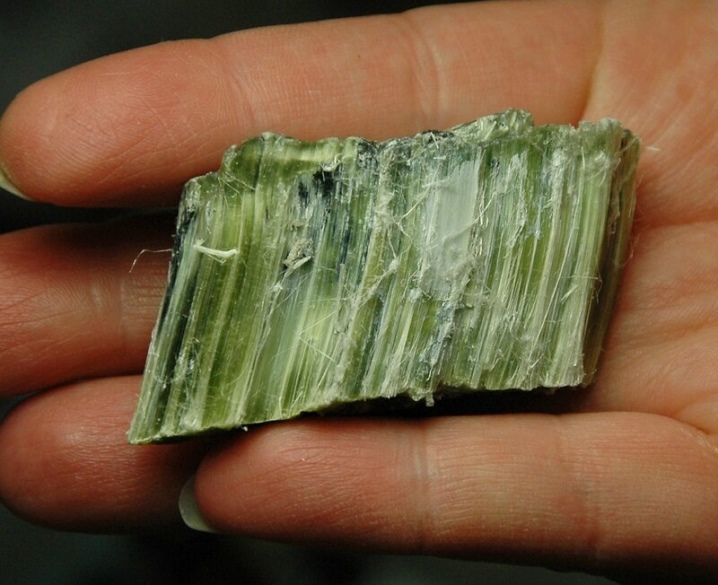
Chrysotile
In most cases, it is multilayer magnesium hydrosilicate that is presented in domestic stores. Usually it has a white tint, although in nature there are deposits where it has yellow, green and even black shades. This material exhibits increased resistance to alkalis, but upon contact with acids it loses its shape and properties. During processing, it is separated into individual fibers, which are characterized by increased tensile strength. To break them, you will have to apply the same force as for breaking a steel thread of the corresponding diameter.

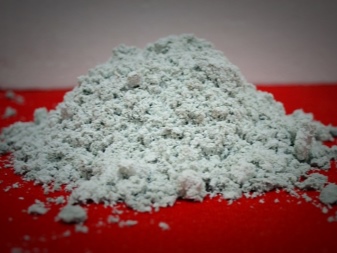
Amphibole
In terms of its physical characteristics, amphibole asbestos resembles the previous one, but its crystal lattice has a completely different structure. The fibers of such asbestos are less strong, but at the same time they are resistant to acids. It is this asbestos that is a pronounced carcinogen, therefore, it poses a danger to humans. It is used in cases where resistance to aggressive acidic environments is of fundamental importance - mainly such a need arises in heavy industry and metallurgy.
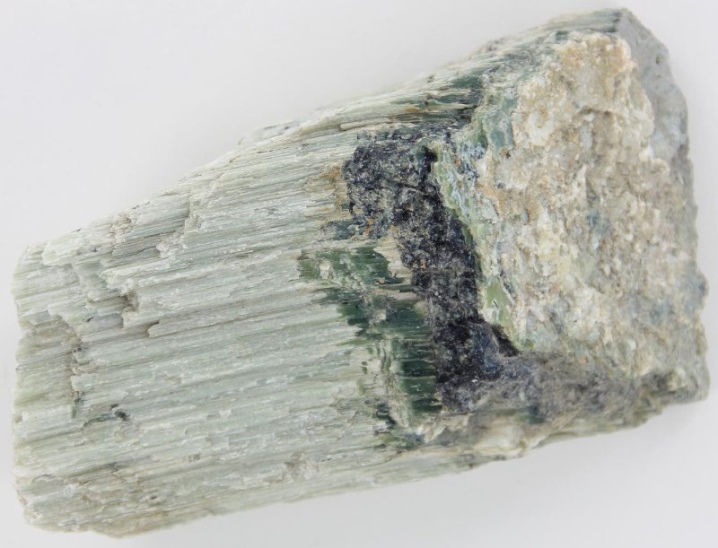
Extraction features
Asbestos occurs in layers in rocks. To obtain 1 ton of material, almost 50 tons of rock are processed. In some cases, it is located very deep from the surface, then mines are built for its extraction.
For the first time, people began to mine asbestos in ancient Egypt. Today, the largest deposits are located in Russia, South Africa and Canada. The absolute leader in the extraction of asbestos is the United States - here they receive half of all the material mined in the world. And this despite the fact that this country accounts for only 5% of the world's raw materials.
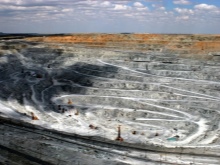
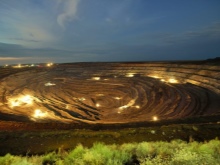
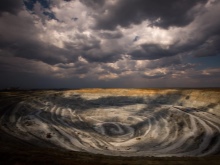
A large volume of production also falls on the territory of Kazakhstan and the Caucasus. The asbestos industry in our country is more than 40 enterprises, among which there are several city-forming ones: the city of Yasny in the Orenburg region (15 thousand inhabitants) and the city of Asbestos near Yekaterinburg (about 60 thousand).The latter accounts for more than 20% of all chrysotile production in the world, of which about 80% is exported. The chrysotile deposit was discovered here at the end of the 19th century during the search for alluvial gold deposits. At the same time, the city was built. Today this quarry is considered the largest in the world.
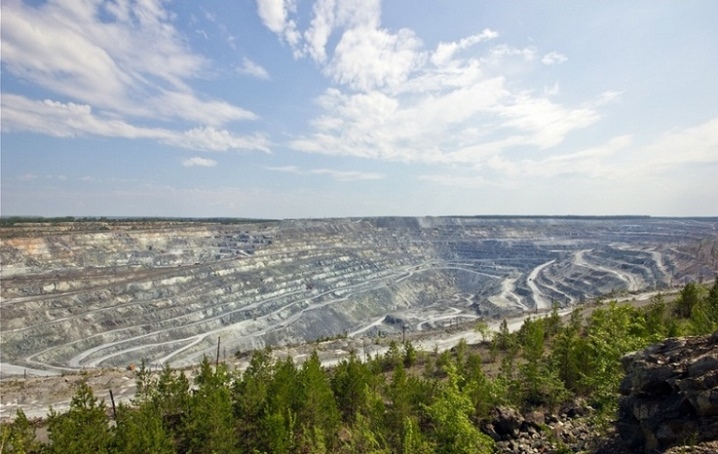
These are successful businesses, but their stability is at stake these days. In many European countries, the use of asbestos is prohibited at the legislative level, if this happens in Russia, then the enterprises will face serious financial difficulties. There are grounds for concern - in 2013, our country established a concept of state policy to eliminate pathologies associated with exposure to asbestos on the body, the final implementation of the program is scheduled for 2060.
Among the tasks set for the mining industry, there is a reduction in the number of citizens exposed to the negative impact of asbestos by 50 percent or more.
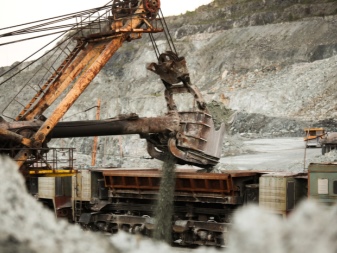
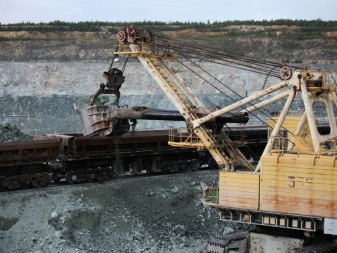
Additionally, it is planned to provide professional retraining for medical workers serving industrial enterprises associated with the extraction of asbestos.
Separately, there are developments aimed at reducing asbestos-related diseases in the Sverdlovsk and Orenburg regions. It is there that the largest enterprises operate. Every year they allocate about 200 million rubles to the budget, the number of employees on each exceeds 5000 people. Local residents regularly go to rallies against the ban on the extraction of the mineral. Their participants note that if restrictions are imposed on the production of chrysotile, several thousand people will be left without work.
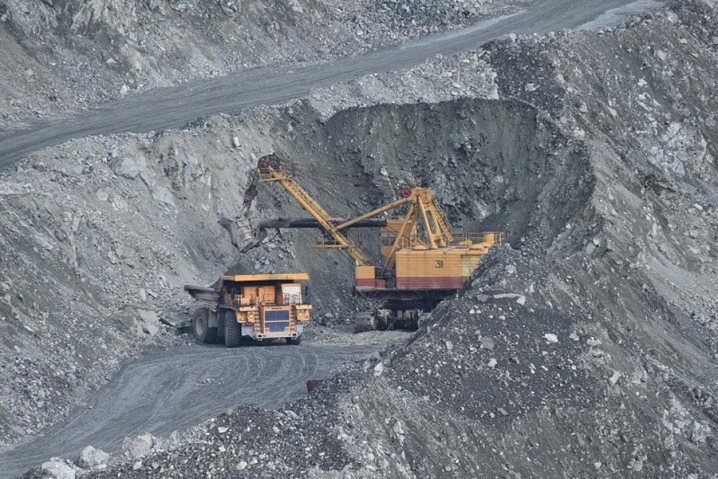
Applications
Asbestos is used in a variety of areas and spheres of life, including construction and industrial production. Chrysotile asbestos is especially widespread; amphibole silicates are not in demand due to their high carcinogenicity. Silicate is used to make paints, gaskets, cords, shunts, and even fabrics. At the same time, fibers with different parameters are used for each material. For example, shortened fibers 6–7 mm long are in demand in the manufacture of cardboard, longer ones have found their application in the manufacture of threads, ropes and fabrics.
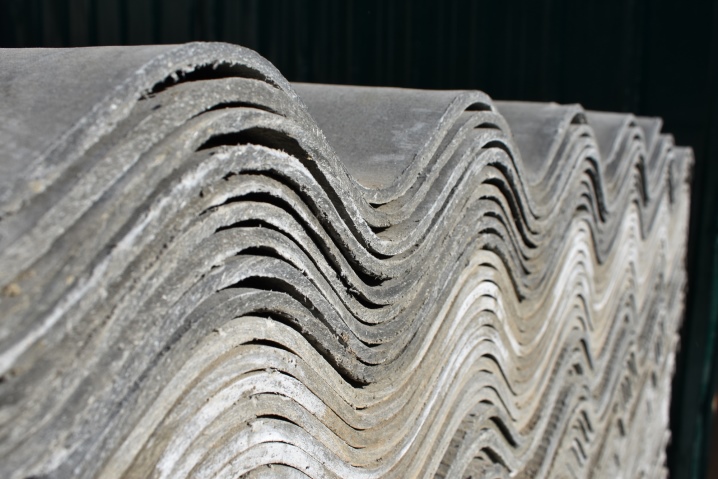
Asbestos is used to produce asbokarton; the share of the mineral in it accounts for almost 99%. Of course, it is not used for the production of packaging, but it is effective in creating seals, gaskets and screens that protect boilers from overheating. Asbestos cardboard can withstand heating up to 450–500 °, only after that it begins to char. Cardboard is produced in layers with a thickness of 2 to 5 mm; this material retains its functional characteristics for at least 10 years, even in the most extreme operating conditions.
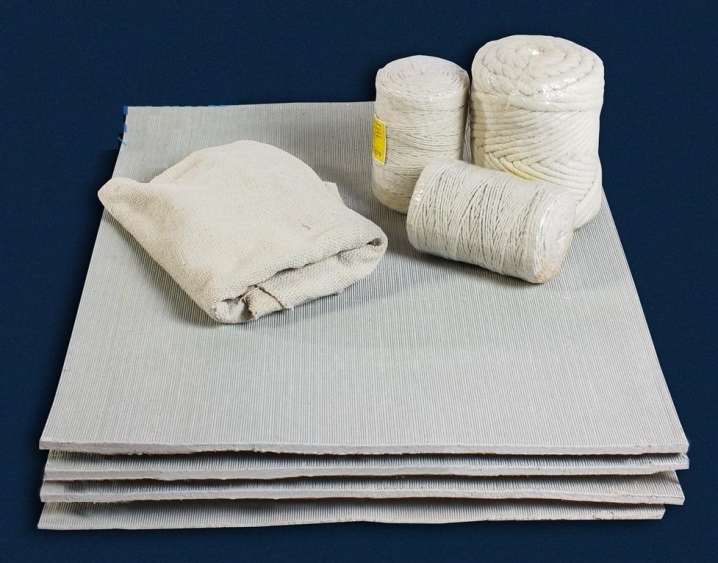
Asbestos is often used in the creation of textile fabrics. It is used to produce fabric for sewing protective clothing, covers for hot equipment and fire-resistant curtains. These materials, as well as asbestos board, retain all their performance characteristics when heated to + 500 °.
Silicate cords are widely used as a sealing material; they are sold in the form of ropes of different lengths and diameters. Such a cord can withstand heating up to 300–400 °, so it has found its application in sealing the elements of mechanisms operating in hot air, steam or liquid.
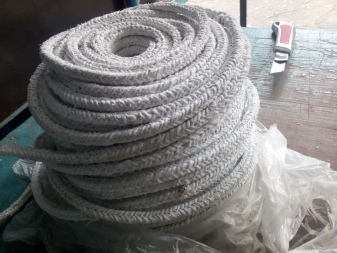

When in contact with hot media, the cord itself practically does not heat up, so it is wound around hot parts to prevent their contact with the worker's unprotected skin.
Asbestos is most widely used in construction and installation works, where its thermal insulation characteristics are highly valued. The thermal conductivity of asbestos is within 0.45 W / mK - this makes it one of the most reliable and practical insulation materials. Most often in construction, asbestos boards are used, as well as cotton wool.
Foam asbestos is widely demanded - it is a low-weight insulation. Its weight does not exceed 50 kg / m 3. The material is used mainly in industrial construction. However, it can be found in frame housing construction. True, in this case, it is important that the house meets all safety requirements in terms of organizing an effective ventilation and air exchange system.
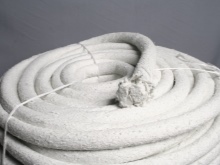
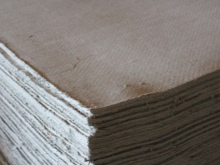
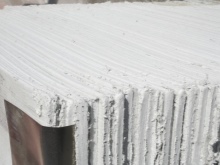
Asbestos is used in the form of spraying for the treatment of concrete and metal structures, as well as cables. The coating allows them to be given exceptional fireproof properties. In some industrial premises, cement pipes are installed with the addition of this component, this approach makes them as durable and strong as possible.
Analogs
A few decades ago, there were not many building materials in our country that could compete with asbestos. Nowadays, the situation has changed - today in stores you can find a wide selection of products with the same performance characteristics. They can make up an equally practical replacement for asbestos.
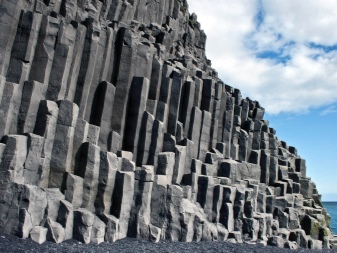
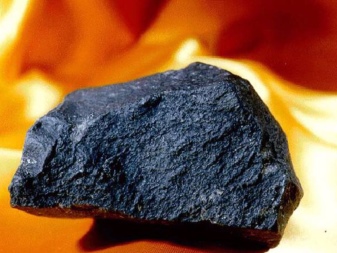
The most effective analogue of asbestos is basalt. Heat-insulating, reinforcing, filtration and structural elements are made from its fibers. The assortment list includes slabs, mats, rolls, craton, profile and sheet plastics, fine fiber, as well as wear-resistant structures. Basalt dust has become widespread in the creation of high quality anti-corrosion coatings.
In addition, basalt is in demand as a filler for concrete mixes and is a working raw material for creating acid-resistant powders.
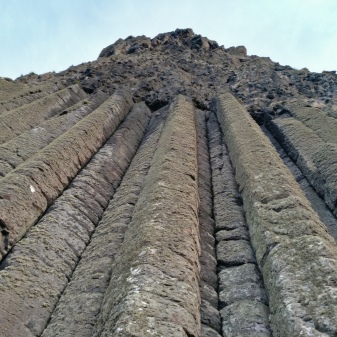

Basalt fibers are highly resistant to vibration and aggressive media. Its service life reaches 100 years, the material retains its properties during prolonged use in a variety of conditions. Thermal insulation characteristics of basalt exceed asbestos by more than 3 times. At the same time, it is environmentally friendly, does not emit any toxic substances, is non-flammable and explosion-proof. Such raw materials can fully replace asbestos in all areas of application.

Fiber cement board can be a good alternative to asbestos. This is an environmentally friendly material, 90% of it consists of sand and cement and 10% of reinforcing fiber. The stove does not support combustion, therefore it creates an effective barrier for the spread of fire. Plates made of fiber are distinguished by their density and mechanical strength, they are not afraid of temperature fluctuations, direct UV rays and high humidity. In a number of construction works, foam glass is used. Lightweight, fireproof, waterproof material provides highly effective thermal insulation and acts as a sound attenuator.
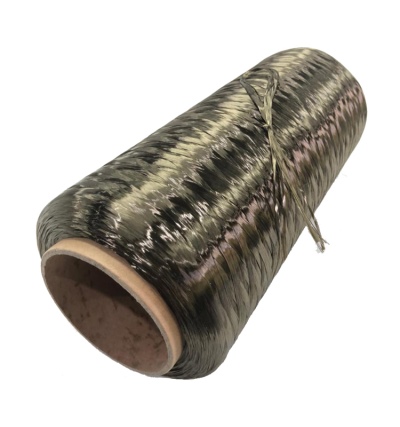
In some cases, mineral wool can also come in handy. But if you plan to use an analogue of asbestos in more aggressive conditions, then you can take note of an eco-friendly silicon-based heat insulator. Silica is able to withstand heating up to 1000 °, it retains its performance during thermal shock up to 1500 °. In the most extreme case, you can replace asbestos with fiberglass. This material is often used to close an electric coil, the resulting improvised stove can withstand high temperatures and reliably isolate the electric current.
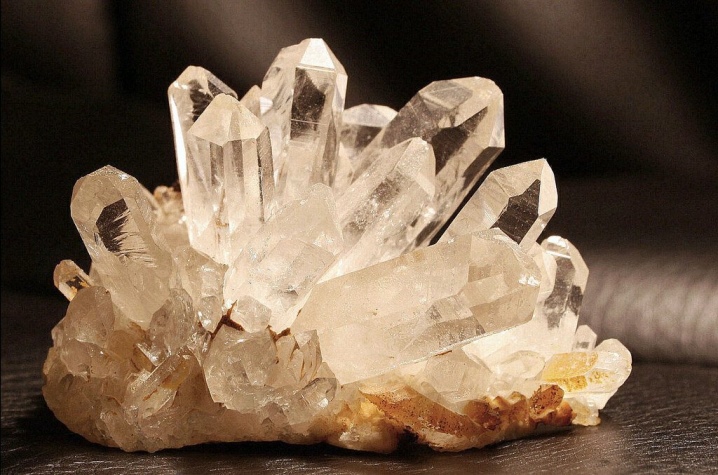
In recent years, fire-resistant drywall sheets have been used to create insulation of places near the furnace space. This material can withstand high temperatures and does not emit toxic substances when heated. Especially for the construction of baths and saunas, minerite is produced - it is installed between the stove and wooden walls. The material can withstand heating up to 650 °, does not burn, and does not rot under the influence of moisture.
Note that the use of all types of asbestos is prohibited on the territory of 63 Western European states.However, experts are inclined to believe that these restrictions are more likely related to the desire to protect their own manufacturers of alternative building materials than to the danger of raw materials.

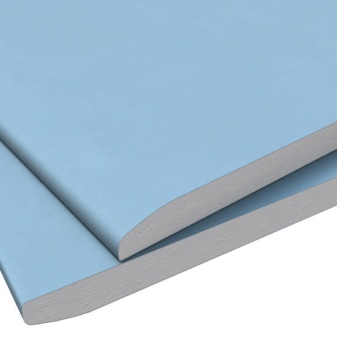
Today, asbestos is used by almost 2/3 of the world's population; it has become widespread in Russia and the USA, China, India, Kazakhstan, Uzbekistan, as well as in Indonesia and in another 100 countries.
Humanity uses a huge number of synthetic and natural fibers. Moreover, at least half of them can potentially pose a danger to the human body. However, today their use is civilized, based on risk prevention measures. With regard to asbestos, this is the practice of binding it with cement and high-quality air purification from silicate particles. Requirements for the sale of asbestos-containing products are legally established. So, they should have a white letter "A" on a black background - the established international symbol of danger, as well as a warning that inhalation of asbestos dust is hazardous to health.
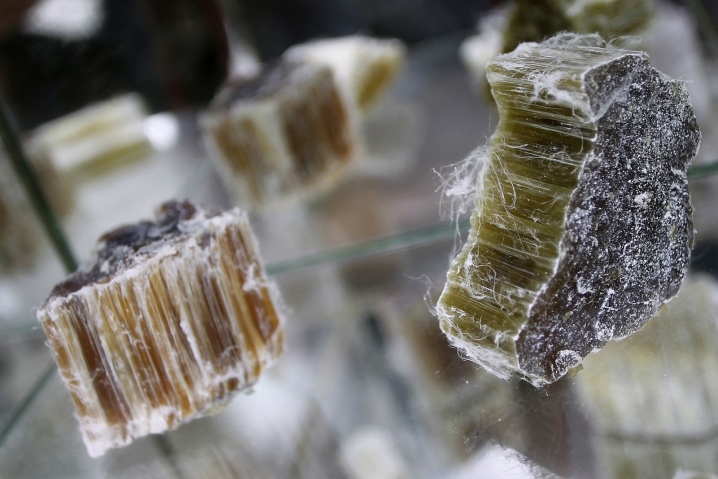
According to SanPin, all workers in contact with this silicate must wear protective clothing and a respirator. All asbestos waste should be stored in special containers. On sites where work is carried out using asbestos materials, hoods should be installed to prevent the spread of toxic crumbs on the ground. True, as practice shows, these requirements are met only in relation to large packages. At retail, material most often comes unmarked properly. Environmentalists believe that warnings should appear on any labels.

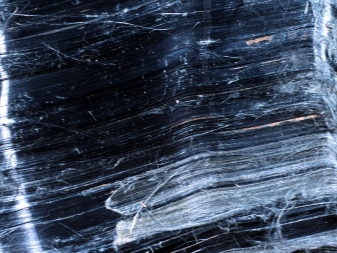













The comment was sent successfully.